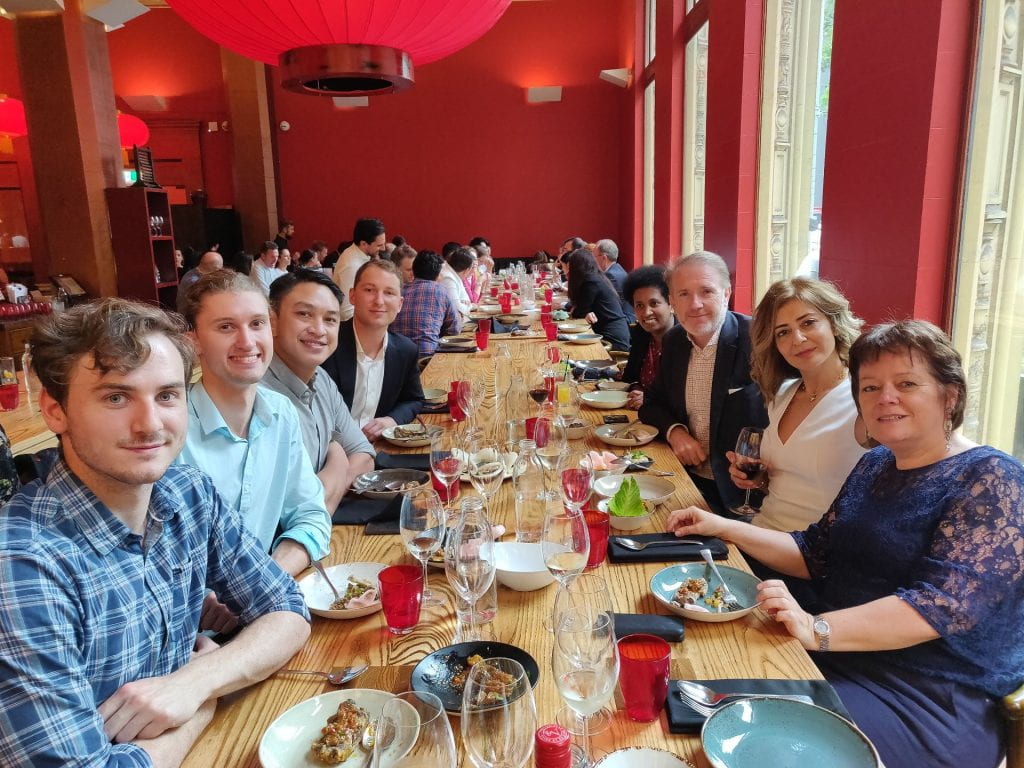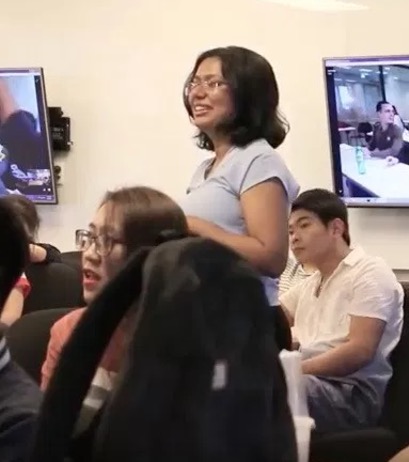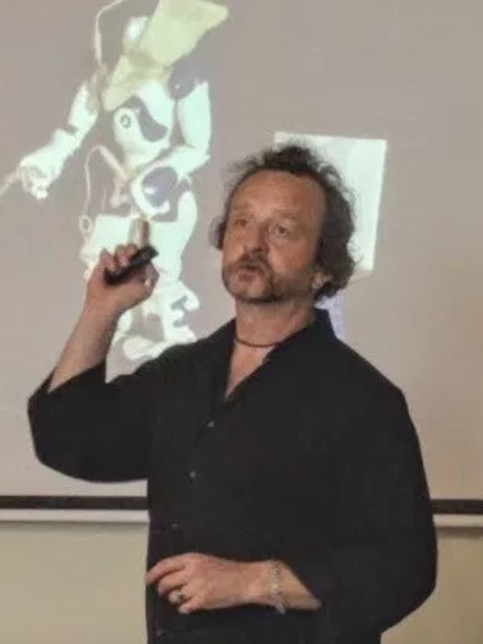Property evaluation students in the RMIT School of Property, Construction and Project Management were able to apply their university knowledge to new contexts and build valuable industry connections through an Industry Partnered Online Learning activity organised through Global Experience. Students from both the postgraduate and undergraduate degrees were connected with Canadian developer Times Group Corporation through RMIT partner Riipen, an online collaboration platform which links university courses and industry partners. Times Group Corporation is a well-established family-run company with over 35 years of experience in the property development and management industry, based in Toronto, Canada. They tasked the students with writing an evaluation report on a property in the city of Niagara Falls, thousands of kilometres away from the students themselves. The report would help Times Group Corporation in pricing and determining the unit mix of the one-of-a-kind development in its area.
Shadi, Vice president of Times Group Corporation, recognised that the job she put to the students was no easy feat. She said that the pricing and determining of the unit mix of the building required in-depth analysis and strong understanding of the real estate market, noting that no one locally had the scope of knowledge necessary to complete the task. Times Group Corporation was glad that RMIT students halfway across the globe were up for the challenge, and they were curious to see what the students would come up with, as “to price a project in an area where there is no data to do analysis you need to come up with creative ways of approaching the problem.” After posting a call-out on Riipen and being connected with RMIT Lecturer Judith Callanan and her students, the company provided the initial information required for analysis and then eagerly awaited the findings.
Rising to the challenge, the students split into two teams to produce two distinct reports. Student Ryan Resurrection said he “poured in months of necessary research” in order to collect enough data to accurately define parameters such as the unit type, size, suite mix and price. Combining this with Canada’s regional economic data, Ryan and his teammate Jordan Huber were able to determine what the vacation property market was ready to absorb in an area where data for similar developments were sparse. Classmate Matthew Veitch was in charge of collating this information to create “an in-depth financial analysis” that would turn out to be of great use for Times Group. Ryan found that “working on a real deliverable project made schoolwork exponentially more interesting” and it gave him the opportunity to practice using industry-standard development software. Teammate Thomas Key agrees, saying the collaboration “solidified” what he learnt in earlier courses. He also noted that due to this development being in an unfamiliar location, it exposed him to new ways of thinking and applying familiar concepts. Overall, they found the task challenging, but were highly motivated by the fact that it would have a real-world application and be implemented by a prestigious international industry member.
When the report was submitted through Riipen, Shadi and her colleagues were highly impressed with the RMIT students, saying it was “superior in quality” when compared to high industry standards. Shadi appreciated the amount of work that had gone into the Property Evaluation and how the students “took a pivot matrix and moved it around.” The company could barely believe that this work was completed by university students with little professional experience.
A few months later in February 2020, when on a business trip to Australia, Shadi flew to Melbourne to have lunch with the students with whose work she was so highly impressed. She was pleased to inform the students that their analysis “had the potential of assisting Times Group Corporation with the bottom line” and provided detailed notes on their findings. Thomas was also thankful for the advice that Shadi gave them on another project they were working on and felt the meeting really solidified the professional connection they were building. The lunch was a great way to celebrate the hard work put in and discuss future career aspirations.
On RMIT’s Riipen page the review Shadi left on behalf of Times Group reads simply, “excellent experience all around.” The company rated RMIT’s professionalism, communication and preparedness highly and noted that the students were always accommodating in working around time zones.
This project, and the positive experience Shadi had with RMIT, has paved the way for future collaborations in other courses such as Professional Writing and Editing, and Professional Communications. The test of any good service, Shadi says she would work with these RMIT students again if she were faced with a similar project.
The students also say it was a great foot in the door and are proud to be able to list this experience on their resumes as they begin their careers. Ryan remains hopeful that this interaction may “open up international doors in the future.” Further to this, Thomas notes that the team building and connections he has made with other students may be the most valuable asset he gained from the experience. Working on a large-scale luxury development in Niagara falls is certainly an experience from which the RMIT students will benefit, and remember well into the future.


